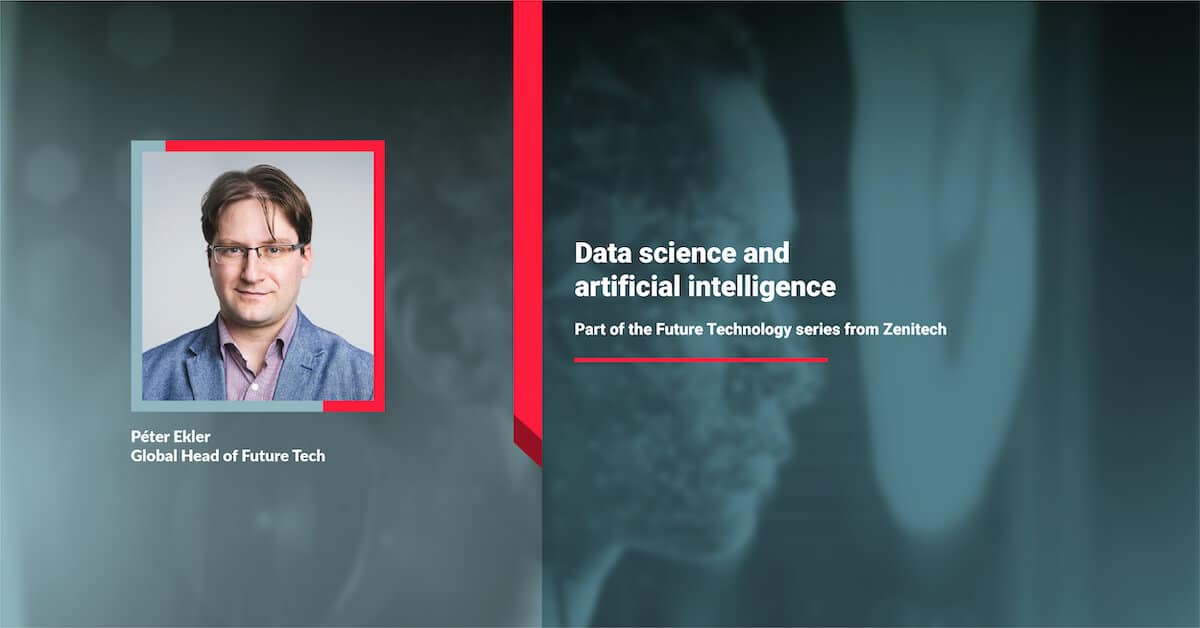Data science and AI are shaping the world around us. Whether collecting data on air quality in order to recommend the best routes to runners in real-time, monitoring traffic flows to make recommendations for improvements to city planners, or delivering energy to the areas that need it most, insights from data have the ability to improve our daily lives.
More and more, organisations are exploring how they can bring those benefits into their businesses. All the right conditions are in place now for us to exploit what this new technology can do. For the first time, we have huge amounts of data available, and the computing power and storage capacity to manage it. Data science understands and interprets the data in an intelligent way; AI is what we use to give us insights and make decisions based on the data.
The most common limiting factor for organisations in getting started, though, is understanding the business case for data science and AI. What is the problem that needs solving, and how will you know it’s succeeded?
Once you know that, you can look at whether your data is in a good enough condition to give you the insights you need to achieve your goal.
In the latest paper in our Future Technologies series, Data Science and Artificial Intelligence, I answer some of the questions that organisations ask us, and demystify what we mean by data science and AI. I also look at what we can achieve with computer vision and AI, and the different ways we use AI learning, including how to cluster and regress data in order to spot patterns (something that’s useful in areas such as fraud detection, for example) or make predictions based on past experience.
In order to introduce these technologies into your business, I think it’s useful to understand some of the use cases happening right now – how organisations are using AI and data science and some of the results they’re seeing.
At Zenitech Labs, we’re creating proofs of concept in new technologies and applying them to real-world business problems, before they’re widely adopted. We’re working on some really exciting projects including using new technologies to: make airports more efficient; spot early signs of disease; improve air quality in cities; create more efficient road systems; improve energy networks, and increase efficiencies.
These concepts can be applied to other areas of business, including revenue growth, business scaling, cost reduction, improved customer interaction and giving competitive edge.
So if you’re thinking about introducing AI and data science to your organisation, I hope this will be useful to you, to inspire you to think about some of the benefits you could realise.
To learn more about the latest trends in data science and artificial intelligence and how they can benefit your business and improve your daily operations, download the whitepaper: Data Science and Artificial Intelligence, or get in touch.





